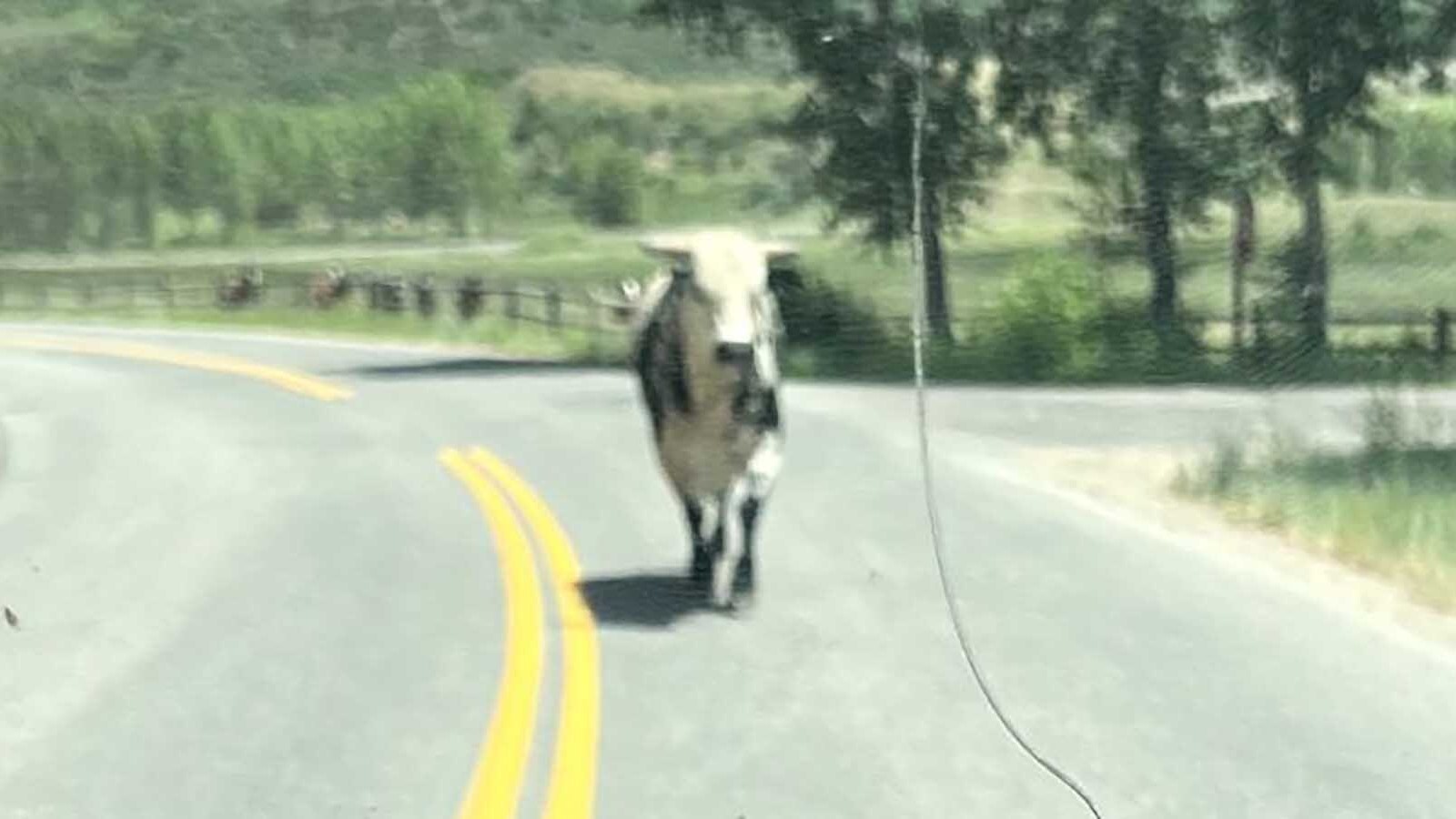After years of the status of grizzlies in Wyoming and the rest of the Lower 48 being hotly debated, President-elect Donald Trump’s return to the White House could tilt the scales toward federal protections for the bears being lifted.
Wyoming resident Rob Wallace, who oversaw the U.S. Fish and Wildlife Service (FWS) during Trump’s first term, said that grizzly delisting could be on the horizon as Trump returns for a second term.
“If the past is a guide to the present, I have a hunch this will be a priority. The delisting will need to be carefully reasoned so as not to trigger an intervention by a federal judge,” he told Cowboy State Daily.
Wallace, who retired in 2021, served as assistant U.S. secretary of the Interior for Fish, Wildlife and Parks.
Kristin Combs, the executive director of Wyoming Wildlife Advocates, opposes grizzly delisting. But she, too, said it might be more likely this time around.
“A lot of it depends on who is going to be in charge of the Department of Interior and the U.S. Fish and Wildlife Service,” Combs told Cowboy State Daily.
“Unfortunately, I think grizzlies are going to be used as a political pawn,” she added.
What Will FWS Say?
Last year, Wyoming Gov. Mark Gordon and the state’s entire U.S. congressional delegation came out in favor of delisting grizzlies in the Lower 48.
In January, FWS is expected to release it’s response to calls from Gordon and other officials in western states, calling for grizzlies to be delisted.
“The Service seems to be leaning that way,” as it recently favored delisting wolves across the Lower 48, Combs said.
What Delisting Could Mean
Grizzly bears used to command a huge swath of territory, including most of the Great Plains. As settlers moved west, the bears were killed off or pushed into tiny pockets of habitat deep in the mountains.
By the 1970s, they were nearly gone. In Wyoming, only a tiny population remained in or near Yellowstone National Park. In 1975, they were put under federal protection, with the FWS becoming the lead agency in charge of grizzlies.
Since then, two major populations of grizzlies have grown to more than 1,000 bears each. That includes the grizzlies in the Greater Yellowstone Ecosytem, which is mostly in Wyoming, but includes parts of Montana and Idaho.
There is also the Northern Continental Divide grizzly population, which radiates out from Glacier National Park.
The Yellowstone and Continental Divide grizzly populations are only about 60 miles apart in some areas of Montana, but so far, there has evidently been only a few instances of those populations intermingling.
Opponents of delisting have argued that until those populations can regularly intermingle, grizzlies can’t be considered fully recovered.
If and when grizzlies are delisted, Wyoming would likely have a limited hunting season for them right away.
Montana wildlife officials told Cowboy State Daily that it might be a few years before grizzlies are hunted there.
Idaho has by far the fewest bears of the Yellowstone states, so hunting might not be likely there either. Grizzly advocates say they’d like to see the bears return and in large numbers to central Idaho’s rugged and remote Bitterroot-Selway region.
Could It Be A Setback?
Wallace previously told Cowboy State Daily that he and many others consider grizzlies to be far past the point of recovery needed for them to be delisted.
Recently-retired Wyoming Game and Fish Director Brian Nesvik told members of the U.S. Congress last year that grizzlies are ready to be delisted, and management of them handed over to the states.
Wallace, Nesvik and other delisting advocates say that the population of grizzlies is well above the numbers needed for delisting.
And, they also point out that grizzlies are steadily expanding their range.
In Wyoming, there have been grizzlies sighted near Kemmerer, far south of anywhere they’d been seen in recent memory. And in Montana, grizzlies continue to push ever-farther east, out on to the northern prairies.
However, Combs and other opponents of delisting argue that it’s not just about numbers.
Intermingling between populations is key, as well as grizzlies reclaiming the Bitterroot-Selway, Montana’s wild Cabinet-Yaak Ecosystem and other key areas of habitat.
Missoula, Montana, wildlife biologist Chris Servheen previously told Cowboy State Daily he initially favored delisting grizzlies.
However, after seeing how aggressive Wyoming, Montana and Idaho were with wolf management, he’s not sure the states could be trusted with grizzlies.
Servheen was the grizzly bear recovery coordinator for the U.S. Fish and Wildlife Service for 35 years prior to his retirement in 2016.
Combs said that under state management of grizzlies, “it could very, very go quickly backward” for the bears.
Grizzlies have a much lower reproductive rate than wolves, she said, and so they might not bounce back if too many are killed, she said.
Mark Heinz can be reached at mark@cowboystatedaily.com.





